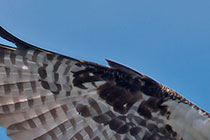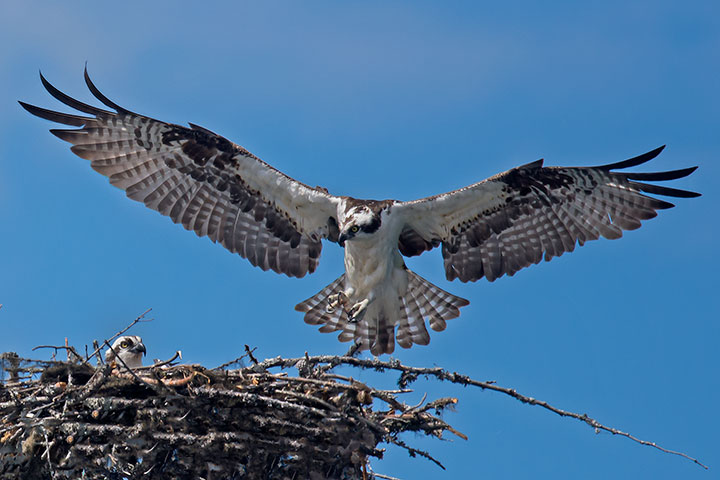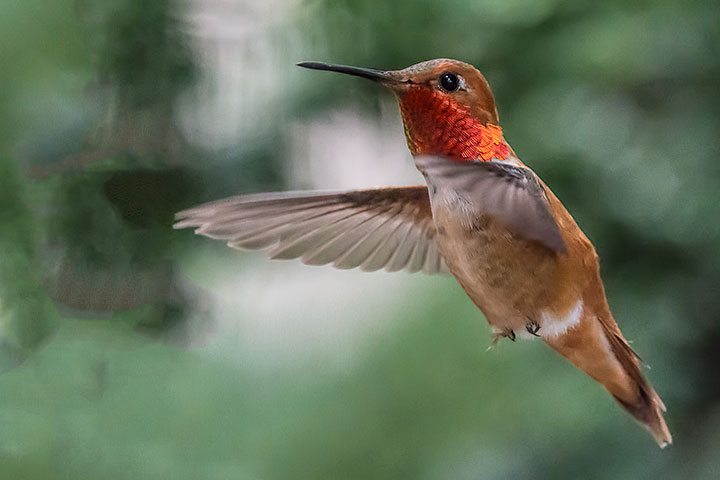Alula: A structure on a bird’s wing occasionally deployed to limit stalling at high angles of attack.
It is fun to discover something on one’s own — even if it is already in the literature. Such was the case this morning while I watched a hummingbird: I realized it lacks alulae.
Most birds have and make good use of alulae. However, alulae are unseen when a bird isn’t flying and only momentarily seen when it is. Consequently, the lack of visible alulae would normally merely be a sign that they aren’t deployed, rather than that they don’t exist. Well, that is my excuse for having taking so long to realize that hummingbirds lack alulae.
Hummingbirds have a different style of flying than other birds. Most birds only obtain lift when their wings are extended during a downstroke, not when wings are somewhat folded during an upstroke. Hummingbird wings are extended during both downstroke and upstroke. During downstroke, most of the lift is obtained, but during upstroke lift is increased by a further third when wings are twisted.
Most birds must have a rapid flow of air against sloping wings to stay airborne. But, when such a bird lands, it must slow. This requires an increase in the slope of the wings (the angle of attack) for it to remain airborne at the lower speed. However, this increases the likelihood of a stall. A solution to this problem is to deploy the alulae which force the airflow back over the wing’s upper surface allowing continued lift and control.
As a hummingbird’s flying style enables it to hover, it does not need to constantly move through the air. It has no need of alulae to prevent stalling, and being extra baggage, evolution has removed them.
It was the juxtaposition of watching an osprey deploy its alulae and a hummingbird not do so that finally made me suspect that the latter actually lacks them. A literature search confirmed the insight.
An Osprey deploys its alulae (the small extra feathers at the bend of the wings) as it lands at its nest.

A hummingbird can hover and so is unconcerned with stalling. It lacks alulae.


So here’s yet another of your marvellous personal discoveries I’d never given thought to. Many thanks, Alistair!
Alistair,
You’ve piqued my interest again. I will pay more attention while watching the birds in my yard.
Thanks for that.
Lorna
This begs the question; do Hummingbirds ever glide?
John, as a general rule, only big birds can soar and only small birds can hover (in still air). A hummingbird must keep its wings moving to stay airborne, so it does not glide.